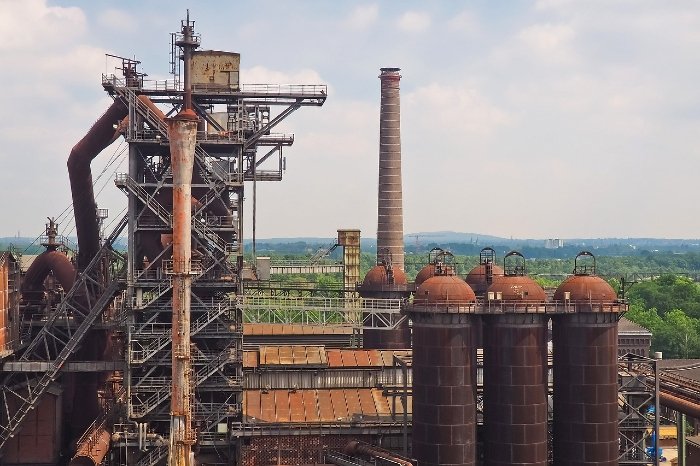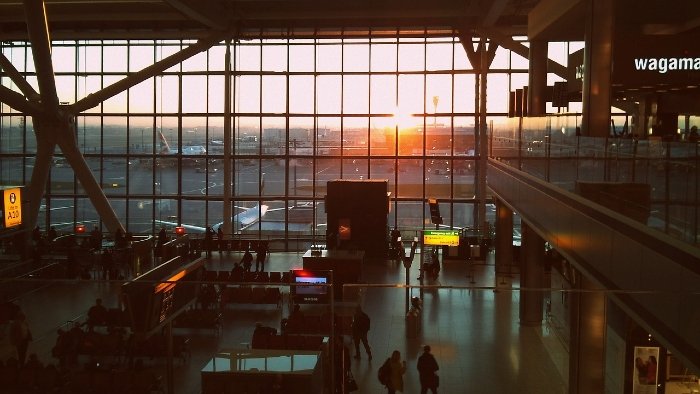JSW Steel Ltd, India’s second-largest steel manufacturer, is planning to establish an eco-friendly steel production facility by 2030 in response to the European Union’s Carbon Border Adjustment Mechanism (CBAM), as revealed by Jayant Acharya, the joint managing director and chief executive.
The facility will have a capacity of 4 million tonnes (mt), and the production is scheduled to commence by 2030. The plan is to complete it in two phases, with phase I (up to 2 mt) expected just before 2030, and the remaining construction possibly extending by a year or two.
The EU’s CBAM transition, effective from October 1, 2025, to December 31, 2025, will require companies to provide extensive production and emission data for products destined for the EU. Starting on January 1, 2026, the tax phase of CBAM will commence, requiring importers to purchase CBAM certificates to cover the embedded emissions of their products. Initially, CBAM will apply to a limited number of goods, including cement, iron and steel, aluminum, fertilizers, and electricity, with the list expected to expand to cover all goods.
During this transition period, the EU plans to initiate a pilot and learning phase involving all stakeholders, including importers, producers, and authorities, to gather valuable data on embedded emissions for refining the methodology in the definitive phase.
Acharya noted that JSW’s investment in this facility will be separate from the ₹10,000 crore allocated for its green energy transition plans. As part of its ₹10,000 crore brownfield expansion plan, the company aims to increase its capacity from the current 28 mt to 50 mt by 2050. Acharya also mentioned that the proposed green steel unit will be distinct from the ₹10,000 crore electric arc furnace plant based on direct reduced iron (DRI) technology.
In the latest financial results, JSW Steel reported a profit of ₹2,773 crore for the September quarter, marking a significant improvement from the previous year’s losses. Consolidated operating revenue increased by 6.71% from the previous year, reaching ₹44,584 crore due to strong domestic demand.
He anticipates a strong structural relationship between GDP and steel in India, with the country remaining in double-digit growth for steel production. This growth projection implies an addition of 10-12 mt in the current year, followed by 12-13 mt annually. In seven years, by the end of this decade, India is expected to add more than 100 mt in steel production capacity, primarily for the domestic market.





